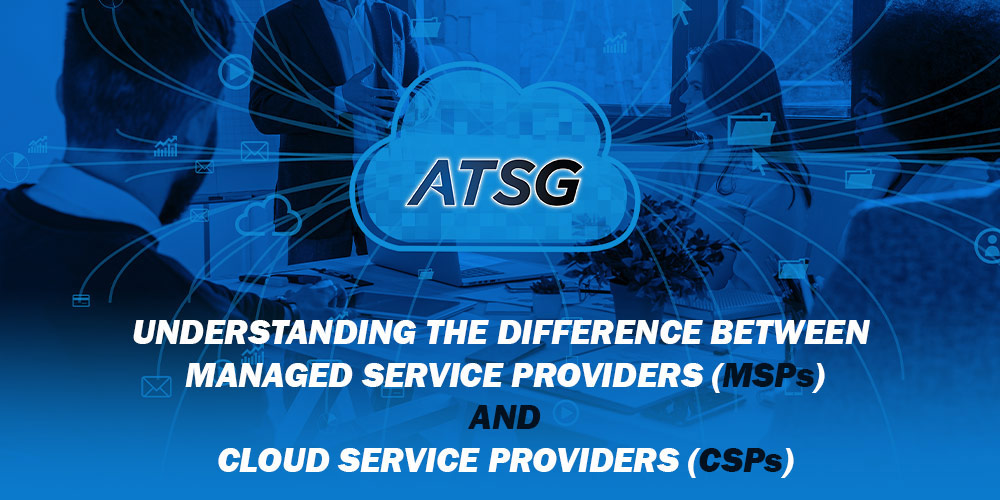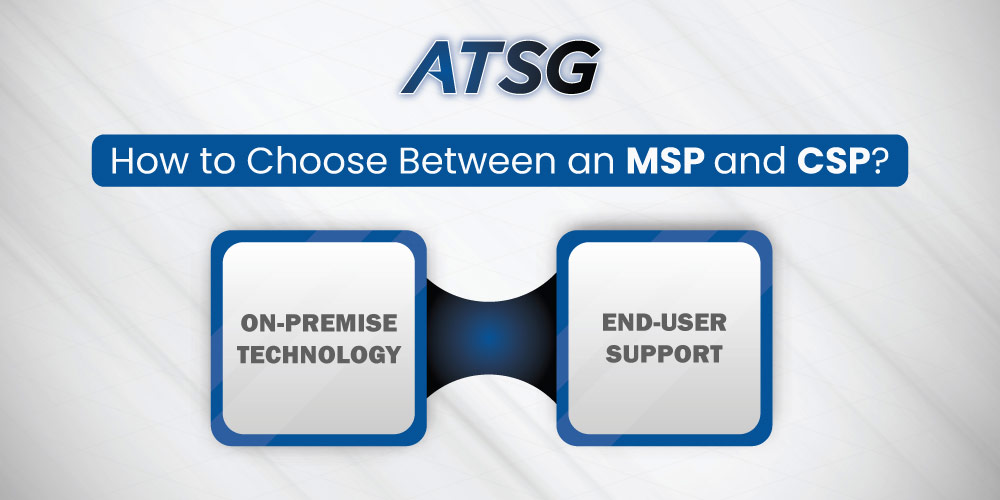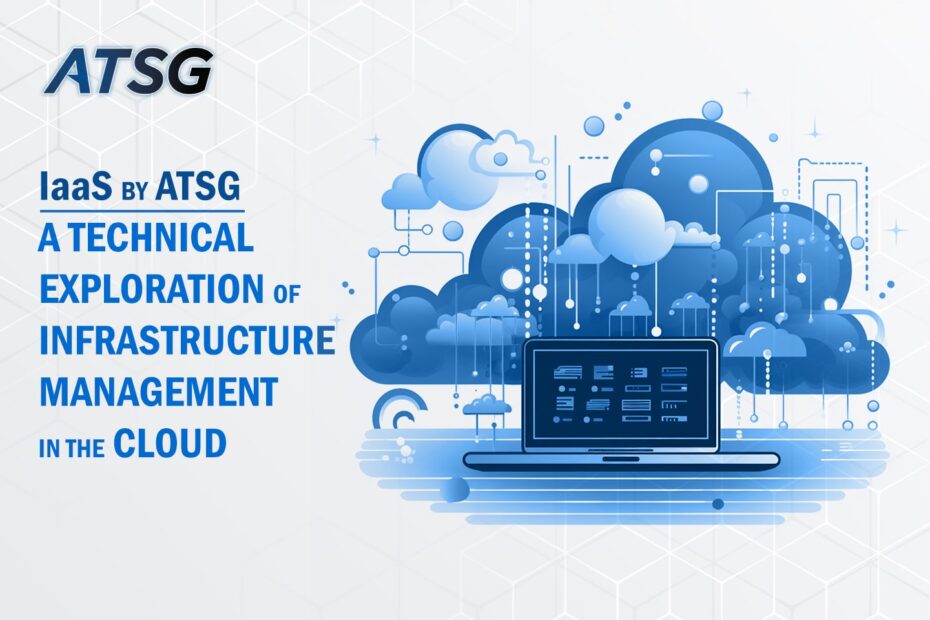Today, a lot of forward-thinking businesses are evaluating Managed Service Providers (MSP) and Cloud Service Providers (CSP), to determine which one is more beneficial for their IT operations. In this “CSP VS MSP” comparison, it is important to deploy those services that streamline your IT environment.
To get a better grasp of this, we have dedicated this post to understanding the difference between a CSP, and an MSP. But first, we start off by finding out the meaning of a service provider.

What is a Service Provider?
Regardless of the type or size of your business, your ability to cater to customer needs is heavily reliant on the digital infrastructure that delivers your services. From communication to all the interaction that takes place today, most of the “magic” happens in the digital domain.
Most businesses do not have unlimited budgets to meet their ever-increasing digital needs. But that does not mean they should be left behind with a competitive disadvantage. Say hello to service providers; the new “best friends” of many businesses.
These providers supplement the in-house IT staff and technology of businesses. They offer an effective way to scale and manage a business’s IT infrastructure, in a cost-efficient manner. They include managed service providers, cloud service providers, application service providers, and the options go on!
CSP Cloud Service Provider
Cloud Service Providers (CSP) include companies that offer on-demand services to meet the Cloud Computing requirements of various businesses. These services are provided through the CSP’s Cloud infrastructure, and require an internet connection to access them.
Generally, CSPs offer an X-as-a-Service (XaaS) model, where the “X” refers to any of the following:-
- Software-as-a-Service – (SaaS)
- Infrastructure-as-a-Service – (IaaS)
- Platform-as-a-Service – (PaaS)
Depending on the specific requirements of customers, CSPs offer their services either through public Cloud infrastructure, or private/hybrid models.
Managed Service Provider (MSP)
Now, we move towards Managed service providers (MSPs), which offer robust network, application, infrastructure, and security services to deploying enterprises. Whether it is the customer’s premises, their own data center, or a third-party data center, MSPs actively manage and maintain the services they provide to their clients.
MSPs can be classified as pure-play MSPs, which focus on a single vendor/technology, or there could be multi-vendor MSPs that include services from other providers as well.
Similarly, we now also have a Cloud Managed Services Provider (MSP) that specializes in assisting enterprises in managing their existing Cloud infrastructure. Although CSPs are the ones that typically perform this task, Cloud MSPs can provide additional advantages such as increased control, visibility, and customization to “off the rack” cloud solutions or services.
In addition, we also have MSP cloud services that involve outsourcing IT management and support to a third-party provider that operates in a Cloud computing environment. These services enable businesses to reduce their IT costs, improve scalability, and also their overall bottom line.
How to Choose Between an MSP and CSP?
After considering the following two factors in their decision-making process, it can become a lot easier for enterprises to decide which one is better suited for them. Making an informed decision makes a lot of difference, and helps businesses attain optimized results.

On-Premise Technology
Businesses usually have a fair amount of on-premise IT infrastructure that they can count on, unless they are just starting out. When it comes to MSPs, they excel in monitoring and management of the in-house technology stack of businesses. MSPs have the required skills and capabilities to work in harmony with businesses and their workforce, to deliver optimal results.
CSPs, on the other hand, offer Cloud-based solutions that are off-premise. Their primary focus lies on providing X-as-a-service (XaaS). While an enterprise engages with a Cloud Service Provider (CSP), MSPs can still be extremely beneficial for them to make sure everything is running smoothly during the transition phase, and there are no latency issues.
End-User Support
MSPs are excellent in offering top-of-the-line support to the systems, services, IT teams, and customers of the deploying enterprise. Organizations leverage the services of MSPs to take their IT operations to the next level, as MSPs help them in real time.
CSPs are focused on the solutions they deliver and thus, they take a more “hands-off” approach to customer relationships. Their support is restricted to the services they offer, and are not in a position to directly address on-premise issues on the organization’s end. CSPs are rather more suited for companies that have a good understanding of their digital solutions requirements to support their business and would prefer not to own those solutions, or take any responsibility for managing them.
Conclusion
The ever-evolving digital landscape can be intimidating for many businesses, and there is no point fretting over how to “keep up”. Instead, now is the right time for businesses to engage with a service provider that can help them stay ahead of the curve.
The decision to choose between a Managed Service Provider (MSP) and a Cloud Service Provider (CSP) can be crucial for businesses. Ultimately, it depends on the current capabilities of your in-house IT team, future expansion plans, and distinct needs.
Choosing the right service provider can be of great help though. ATSG is a leading Managed Service Provider (MSP) and Cloud Service Provider (CSP) that offers a comprehensive range of highly intelligent IT solutions to enterprise clients. With our proven expertise and experience in the industry, we provide the perfect blend of an MSP and CSP, thus positioning your business for success, like never before.
Our customized solutions ensure that your IT infrastructure is secure, reliable, and highly optimized in every respect. Similarly, our Cloud solutions enable you to scale your business rapidly. So, why wait?
Get in touch with ATSG as your trusted Managed Services Provider (MSP) and Cloud Solutions Provider (CSP), and experience unparalleled IT support and services.




